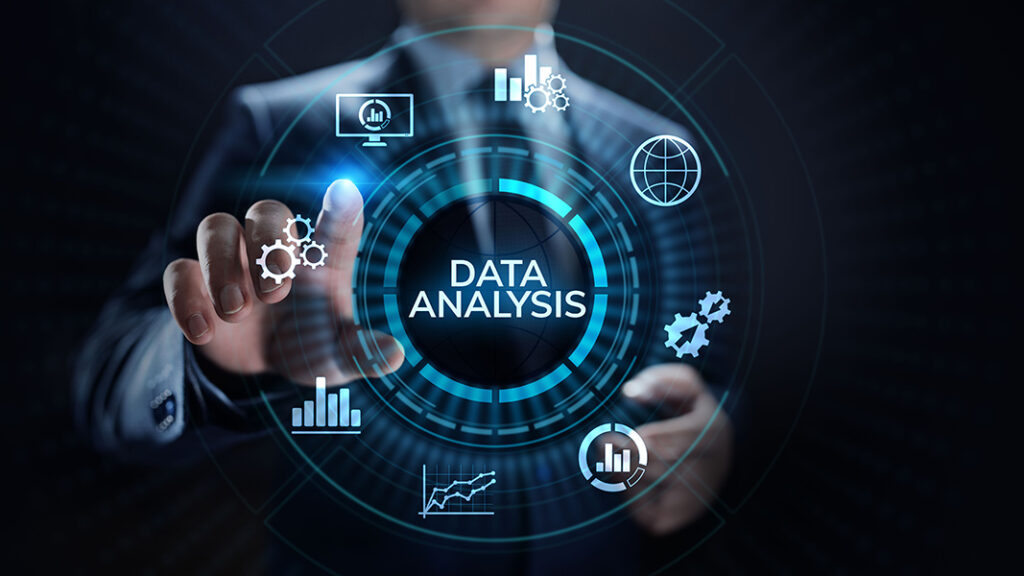In the realm of data-driven decision-making, both data science and data analytics play crucial roles, yet they differ significantly in their scope, methodologies, and objectives. Understanding these distinctions is essential for organizations and individuals looking to leverage data to inform strategy and drive business outcomes. Here is a detailed exploration of the unique characteristics and functions of data science and data analytics. Data science is a field that combines statistics, mathematics, programming, and domain expertise to extract insights and predictive models from complex datasets. It involves:
Advanced Statistical Analysis – Data scientists employ statistical techniques such as regression analysis, hypothesis testing, and clustering to identify patterns and correlations within data.
Machine Learning – Data science often utilizes machine learning algorithms to develop predictive models and algorithms that can learn from and make predictions or decisions based on data.
Big Data Technologies – Handling large volumes of data is a hallmark of data science, requiring proficiency in technologies like Hadoop, Spark, and distributed computing frameworks.
Programming Skills – Proficiency in programming languages like Python, R, and SQL is crucial for data scientists to manipulate data, conduct analysis, and develop algorithms.
Business Insights – Data scientists not only analyze data but also interpret findings in the context of business objectives, offering actionable insights that drive strategic decision-making and operational efficiencies.

The data science or data analytics primarily focuses on analyzing historical data to uncover trends, patterns, and insights that explain past performance and inform current decisions. Key characteristics include:
Descriptive Analytics – Describing what has happened based on historical data, often using visualization tools like Tableau or Power BI to present findings in easily understandable formats.
Diagnostic Analytics – Understanding why certain events occurred by identifying correlations and causal relationships within data, helping to explain trends and anomalies.
Visualization and Reporting – Data analysts create dashboards, reports, and visual representations of data trends to facilitate data-driven decision-making at operational levels.
SQL and Data Manipulation – Proficiency in SQL and data manipulation skills are essential for data analysts to extract, clean, and transform data for analysis purposes.
Business Performance Optimization – Data analytics focuses on optimizing business performance, improving efficiency, and providing insights into customer behavior, market trends, and operational processes.
Focuses on predictive modeling, machine learning, and leveraging complex algorithms to extract insights and predict future outcomes. Data scientists and data analysts often work collaboratively within organizations. Data scientists build the infrastructure and models necessary to process and analyze data, while data analysts focus on interpreting and presenting insights to stakeholders, enabling informed decision-making at all levels. Both data science and data analytics are integral to leveraging data as a strategic asset in today’s digital economy. While data science focuses on predictive modeling and advanced analytics, data analytics provides critical insights into past performance and current trends. Understanding the unique characteristics and functions of each discipline is essential for organizations to maximize the value of their data assets and drive competitive advantage. By harnessing the power of data science and data analytics effectively, businesses can unlock new opportunities, optimize operations, and innovate with confidence in an increasingly data-driven world.